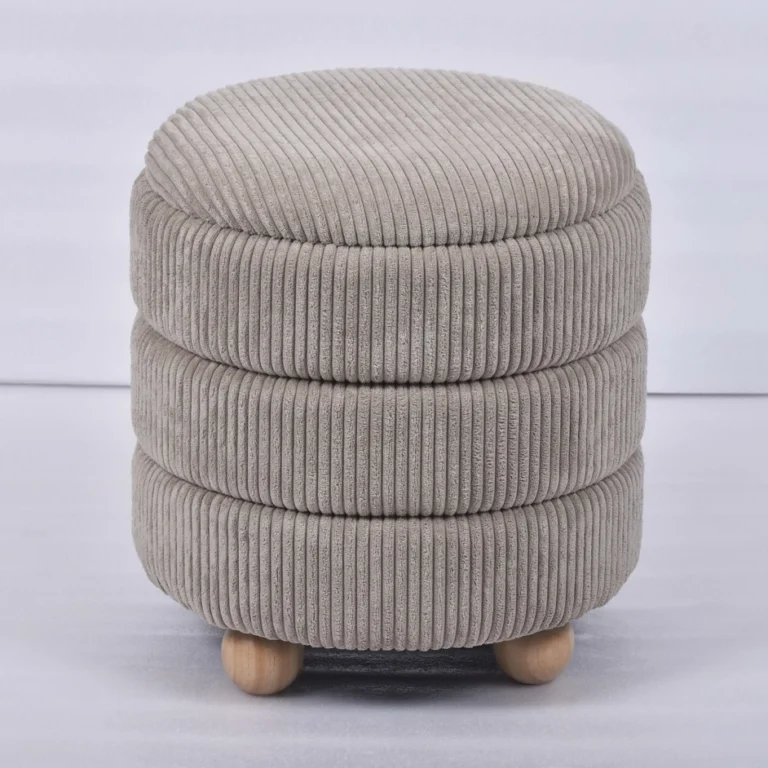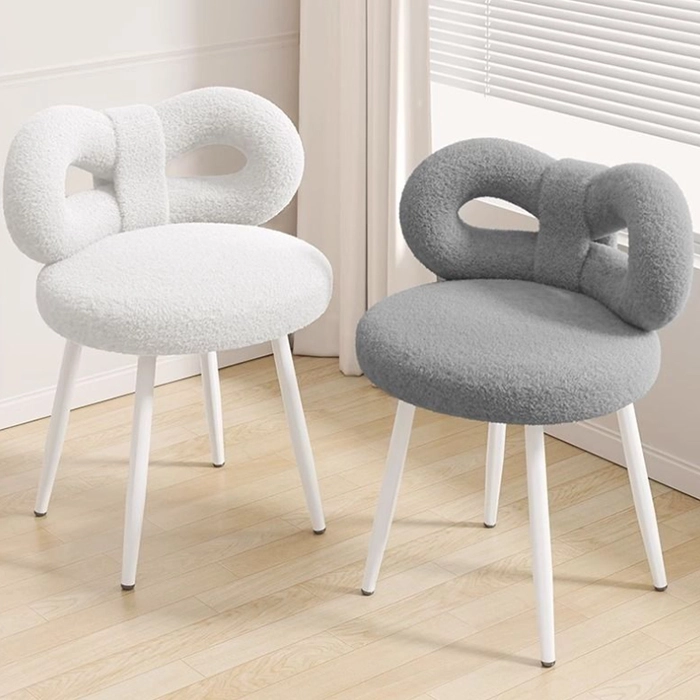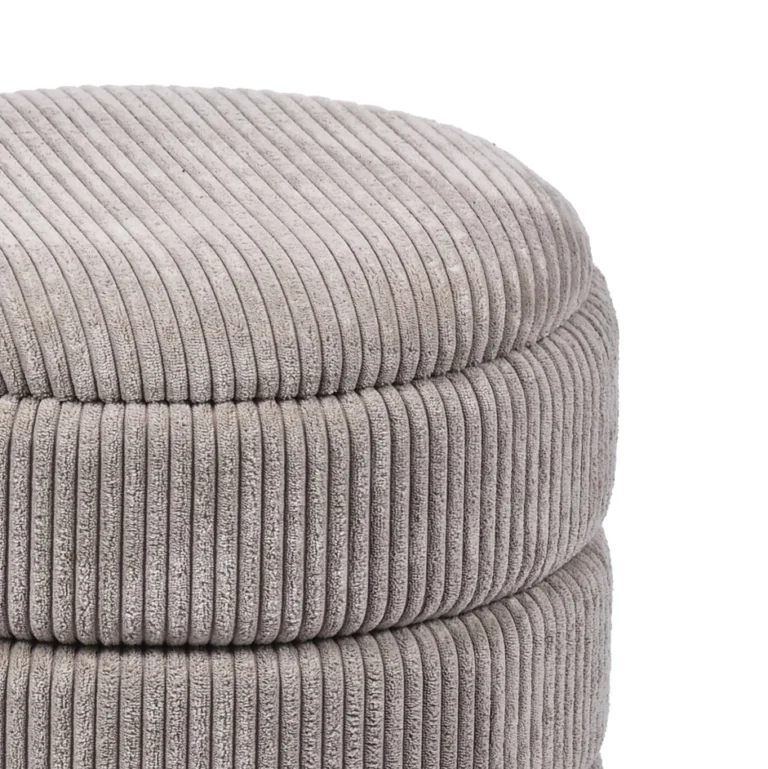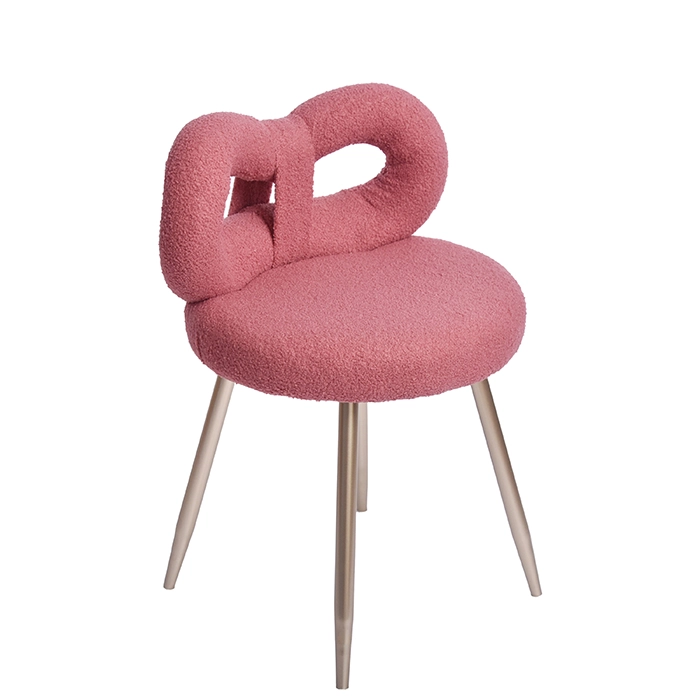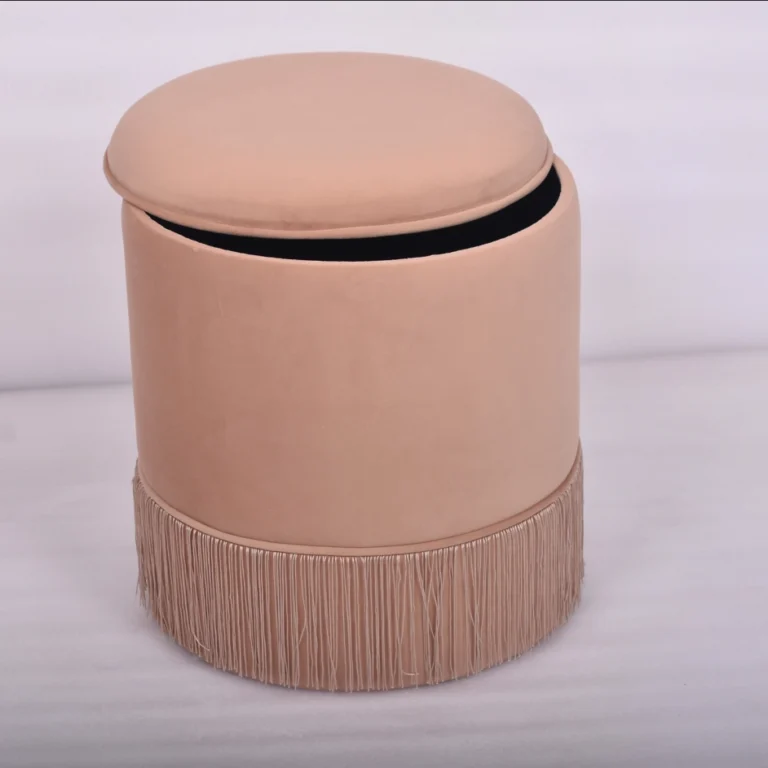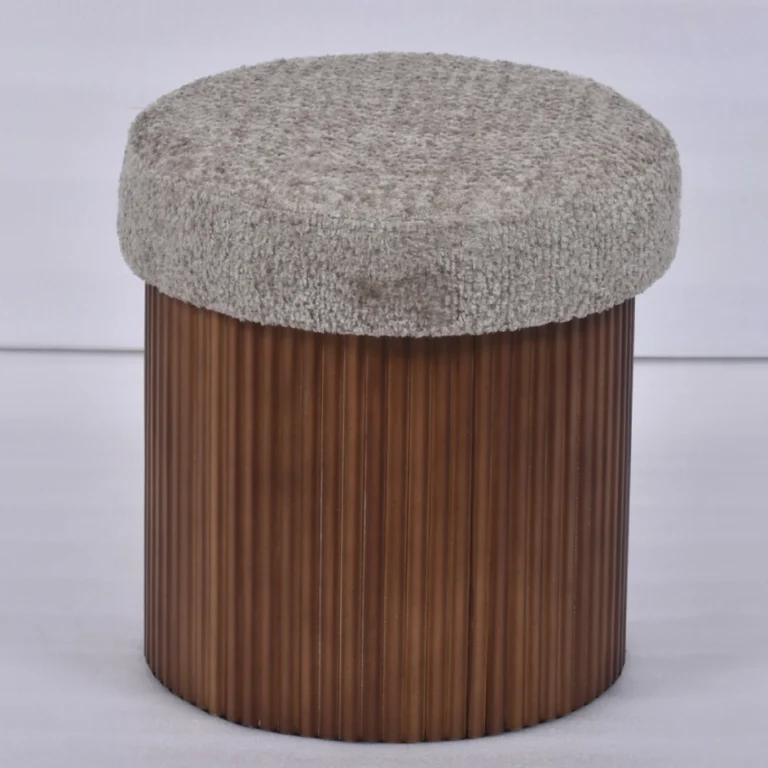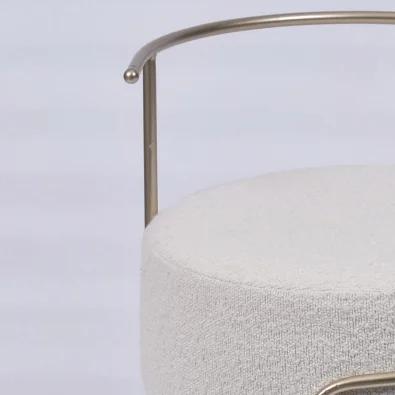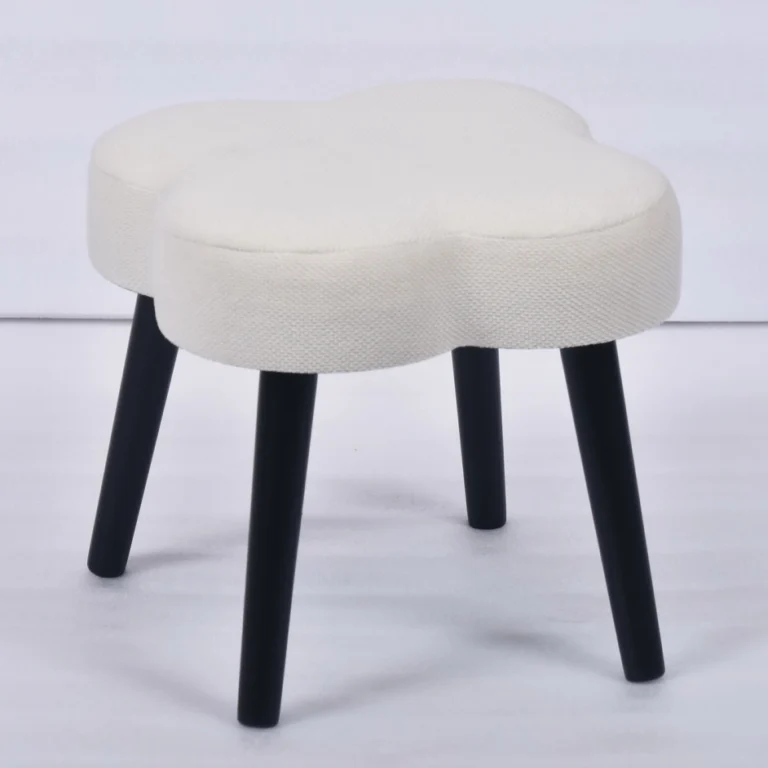leather storage ottoman
Cultural Vessel
Reimagining the traditional Ottoman as a modular, detachable system. The walnut base, crafted with mortise-and-tenon joinery, inherits the shipbuilding legacy of the Ottoman Empire, while the magnetic leather clasps subtly echo the fastening wisdom of pilgrims’ satchels en route to Mecca. When unfolded into an impromptu tea table, the brass hinges—etched with Damascus steel patterns—catch the light, casting golden starlight reflections, transforming the object from mere furniture into a cultural icon.
The Art of Recontextualizing Rituals
• Twilight Ritual on a Beirut Terrace
Olive tree shadows stretch across white limestone walls as grandmother lifts the saddle-leather lid of the footstool, revealing a copper-handled coffee pot nestled with cloves and cinnamon. The leather top, flipped over, becomes a serving tray—awakening a century-old family recipe, still warm from the vessel’s embrace. This “open-and-close as ceremony” alchemy elevates storage into a daily pilgrimage.
• Lightplay in a Berlin Loft
An architect deconstructs minimalism with a black waxed-leather ottoman. By day, it displays Kandinsky monographs; by night, embedded LED strips glow through quilted seams, projecting leather’s textured relief onto raw concrete walls. When opened, the whisky glasses inside nest perfectly into custom grooves—objects shifting roles between light and shadow.
Contemporary Footnotes on Timeless Objects
Middle Eastern sages call leather “breathing metal”—a Cairo market’s well-loved footstool, its surface burnished to a honeyed patina by years of date oil treatments, while its wooden frame contracts in the desert heat, creating a delicate tension. This paradoxical beauty mirrors modern life: we crave both order and emotional weight in the objects we keep.
In an Istanbul atelier, tanned leather and spatial philosophy reach new accord. His inflatable leather stool for Euphrates refugees compresses into a briefcase, expands into a floating raft-storage hybrid when submerged, then reverts to a refined living piece post-crisis. Perhaps this reveals an object’s highest purpose: safeguarding the sacredness of routine in an unsteady world.
